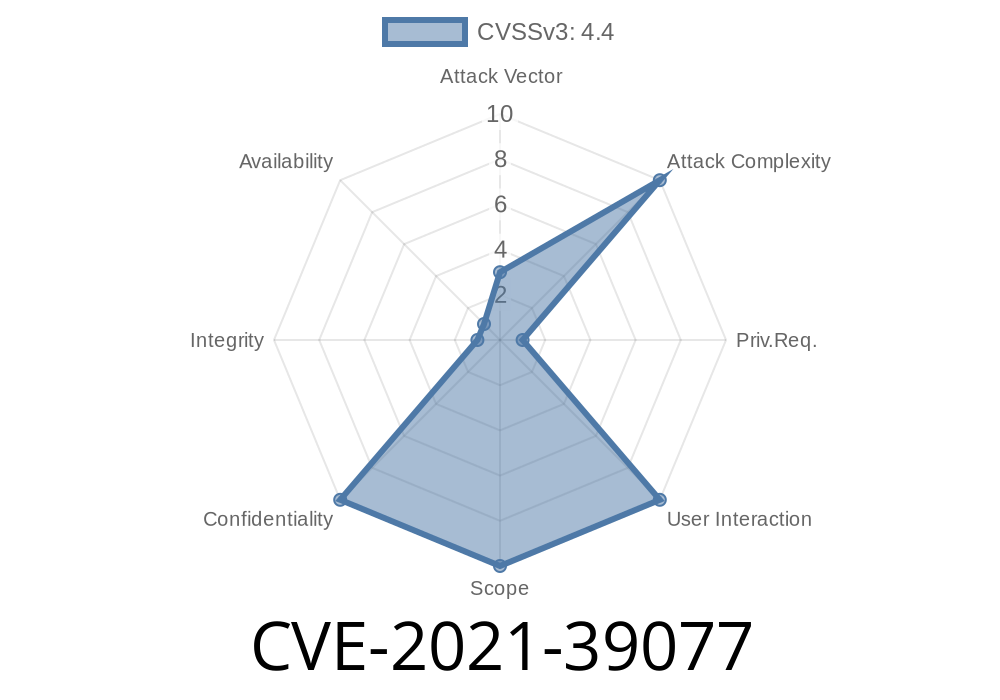In recent news, a critical vulnerability, CVE-2021-39077, has been discovered in IBM Security Guardium, which is a widely-used data security product. This vulnerability allows user credentials to be stored in plain clear text, which means that a local privileged user can easily access and read these sensitive details. As a result, this presents a significant security risk that could lead to unauthorized access and potential data breaches.
This post will provide an overview of this vulnerability, including the affected versions of IBM Security Guardium, a code snippet demonstrating the issue, links to original references, and details of the exploit. By spreading awareness of this issue, we can help ensure that organizations take the necessary steps to protect their sensitive data.
Affected Versions
IBM Security Guardium versions 10.5, 10.6, 11., 11.1, 11.2, 11.3, and 11.4 are affected by this vulnerability.
Code Snippet
Here's a simple code snippet showing how user credentials are stored in plain clear text in the affected versions of IBM Security Guardium:
# This is a hypothetical example demonstrating the issue
username = "admin"
password = "password123"
# Storing the credentials in plain clear text
user_credentials = "Username: " + username + ", Password: " + password
# A local privileged user can easily read these credentials
print(user_credentials)
Original References
This vulnerability has been assigned the IBM X-Force ID: 215587. You can find more information about this issue in the following sources:
1. IBM Security Bulletin: https://www.ibm.com/blogs/psirt/cve-2021-39077/
2. CVE Details: https://nvd.nist.gov/vuln/detail/CVE-2021-39077
3. X-Force Vulnerability Report: https://exchange.xforce.ibmcloud.com/vulnerabilities/215587
Exploit Details
This vulnerability can be exploited by a local privileged user who has access to the system where IBM Security Guardium is installed. This user could potentially read the stored user credentials in plain text, granting them the ability to log in to the application with administrative rights or as other users, thereby posing a significant security risk.
Recommendations
Organizations utilizing any of the affected versions of IBM Security Guardium should take the following actions to mitigate the risk associated with this vulnerability:
1. Update to the latest version of IBM Security Guardium as soon as possible. In the case that an immediate update is not possible, restrict local system access to only those users who require it for legitimate purposes.
2. Regularly monitor system access and activity logs to quickly detect and respond to any unauthorized access or suspicious behavior.
3. Review and revise current data security policies and procedures to ensure they are up-to-date and in line with industry best practices.
Conclusion
The CVE-2021-39077 vulnerability in IBM Security Guardium serves as an important reminder to prioritize data security within our organizations. By updating to the latest version of the software, regularly monitoring system access and activity, and maintaining strong security policies and procedures, businesses can make strides towards protecting their sensitive data and keeping users' credentials secure.
Timeline
Published on: 11/03/2022 20:15:00 UTC
Last modified on: 11/09/2022 22:15:00 UTC
